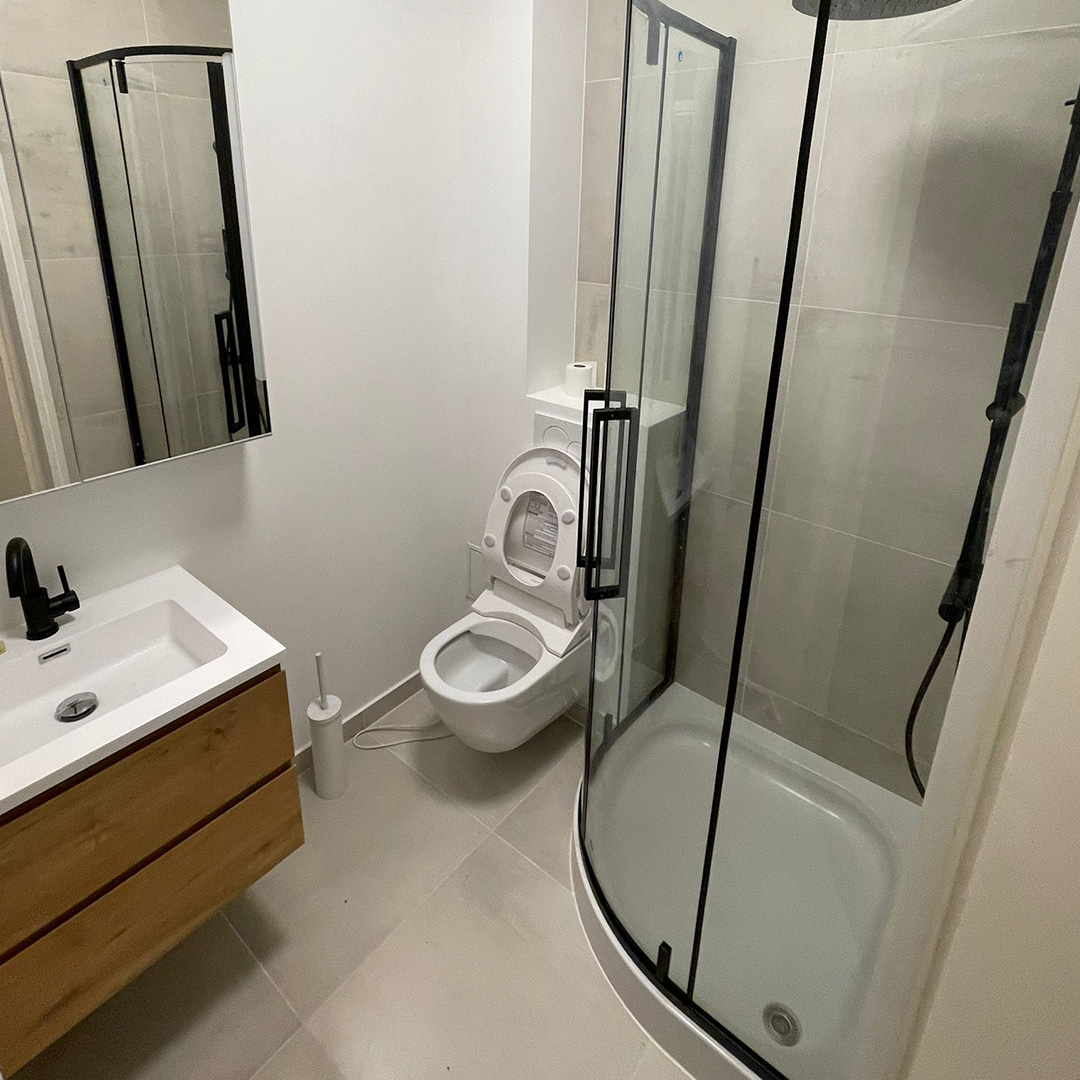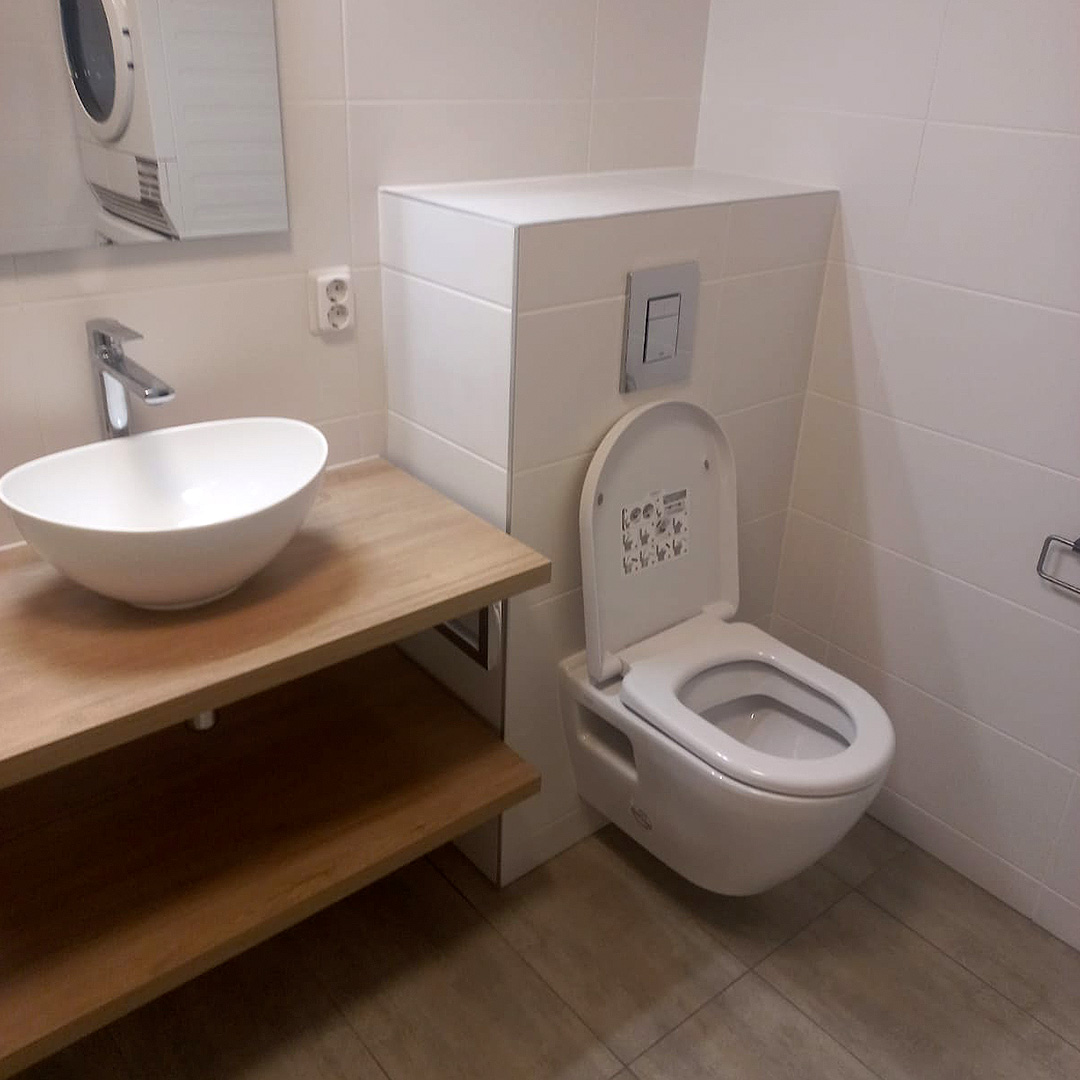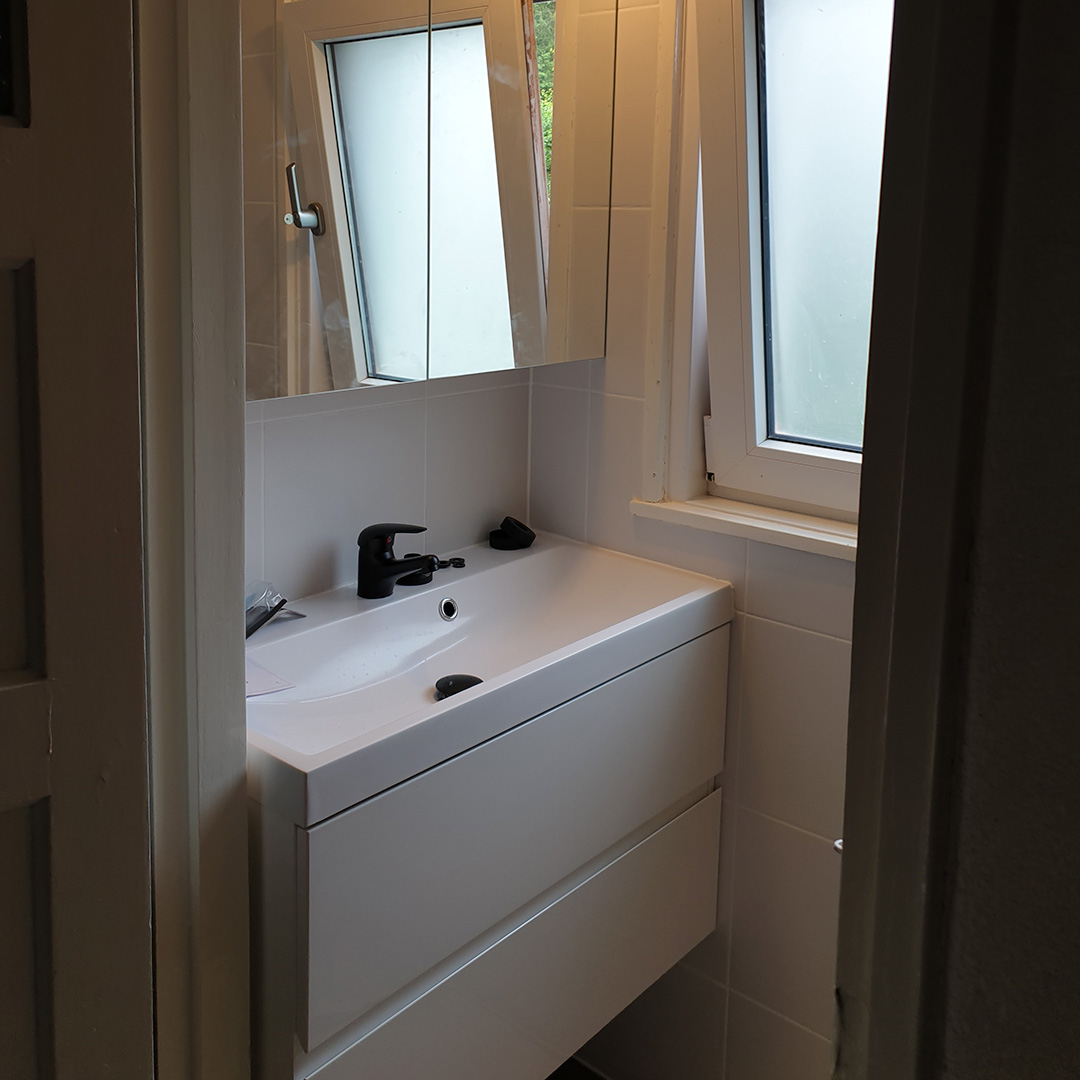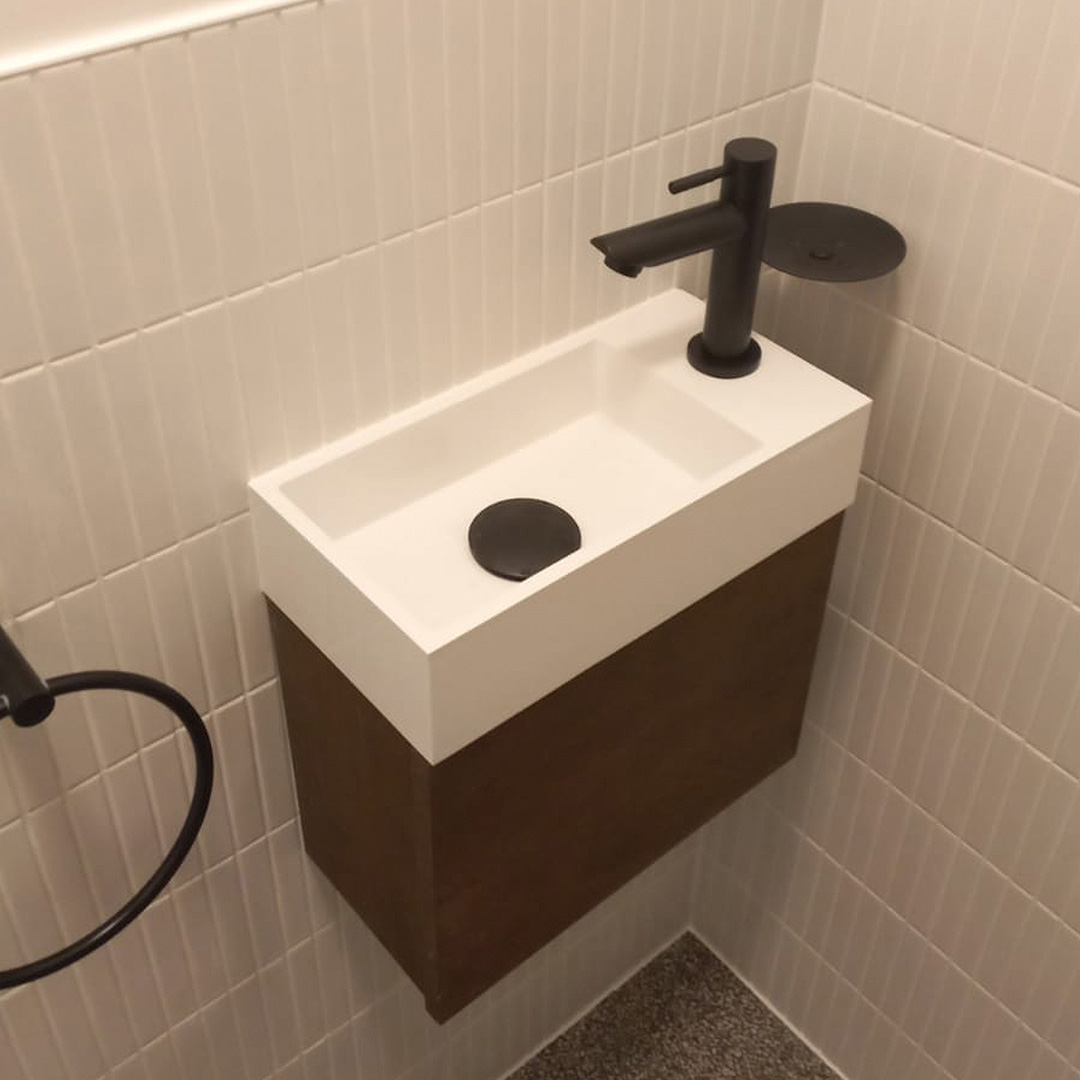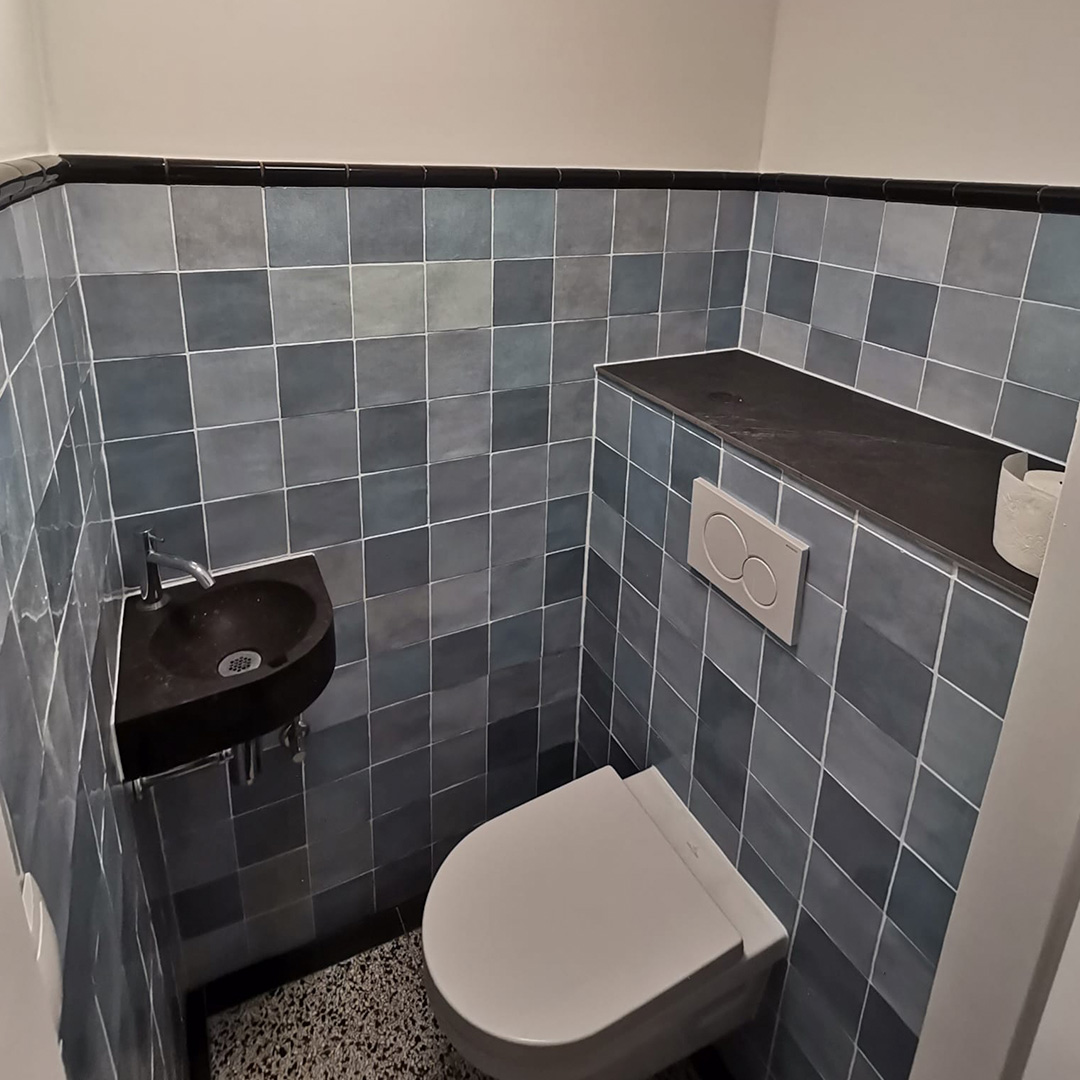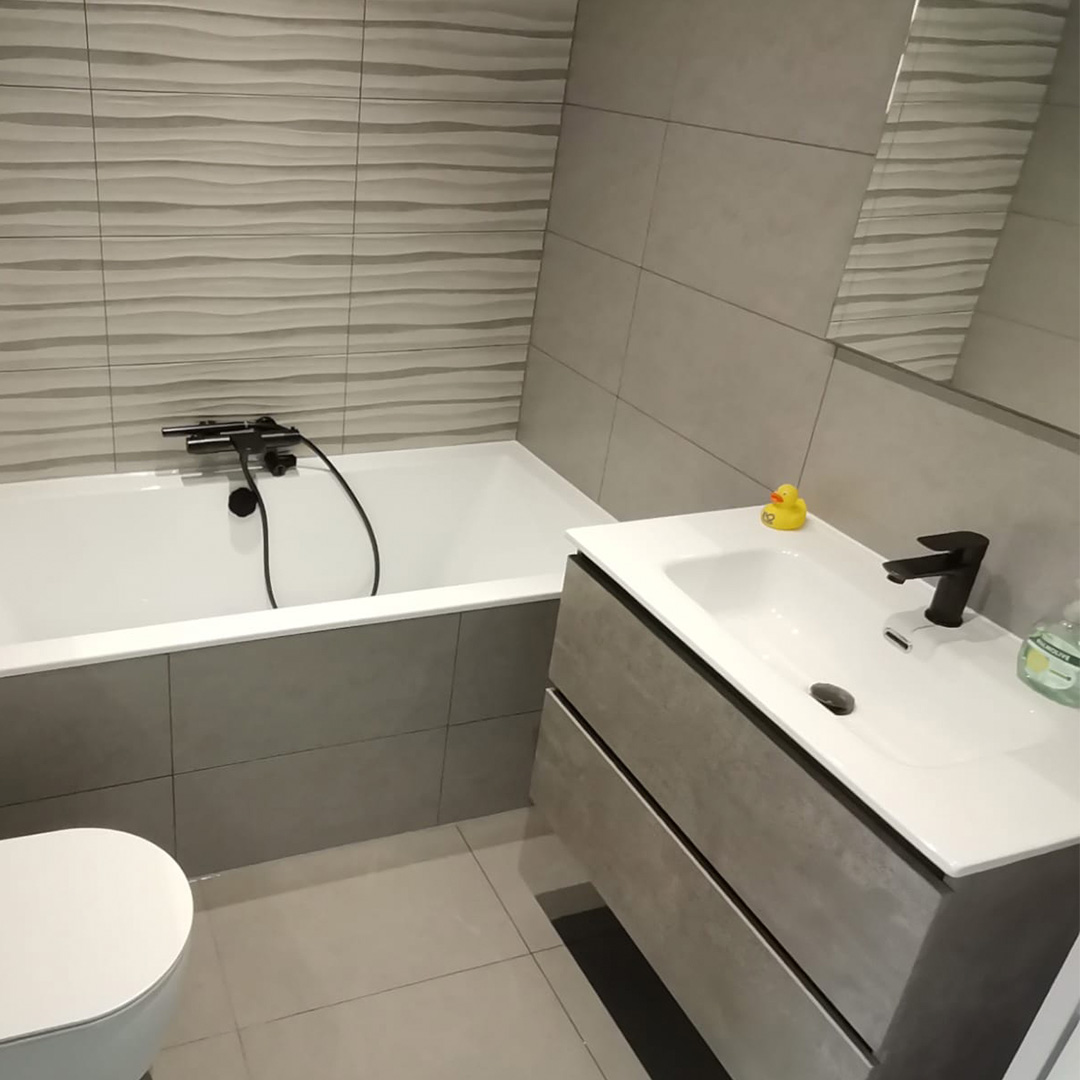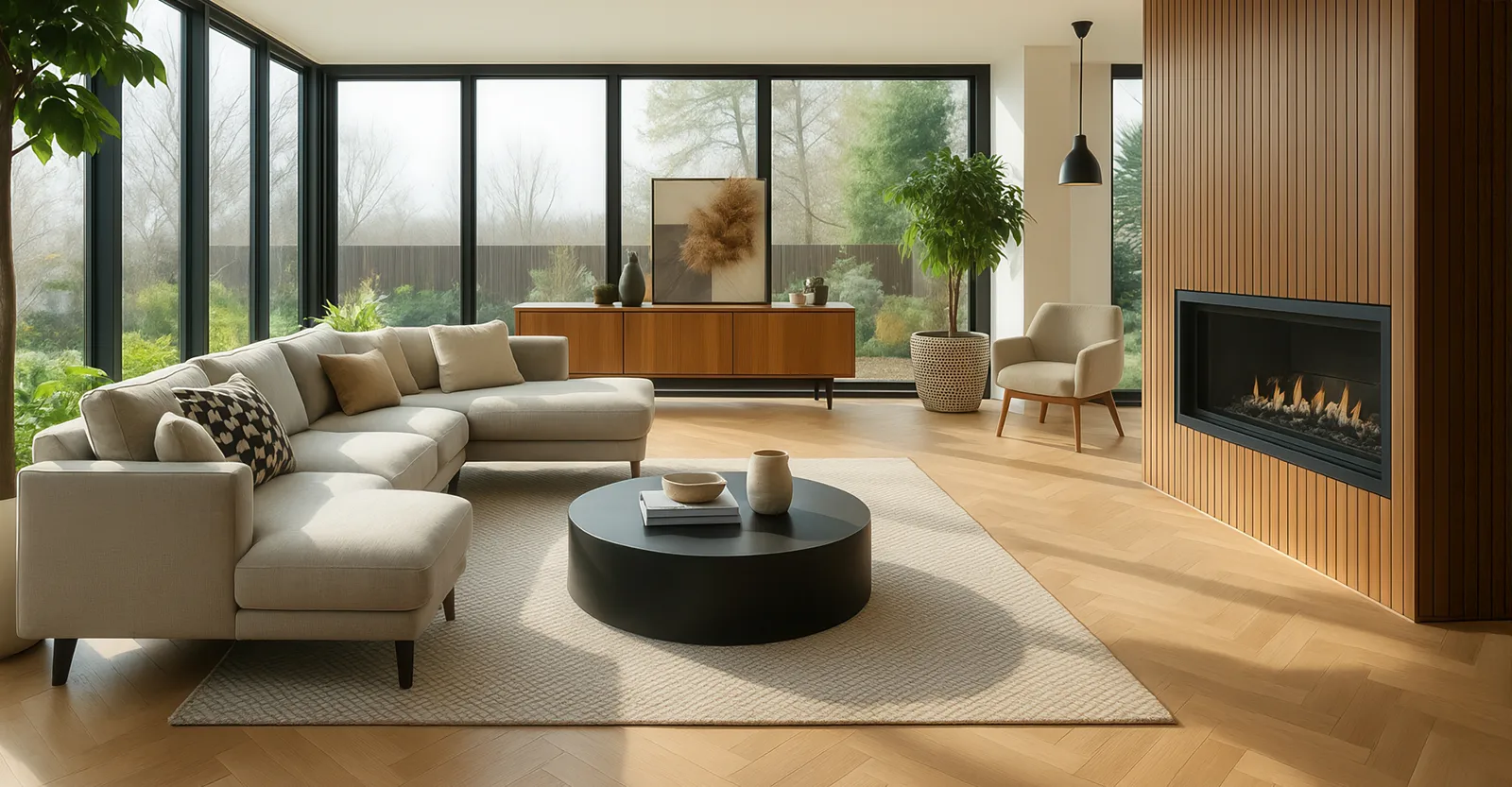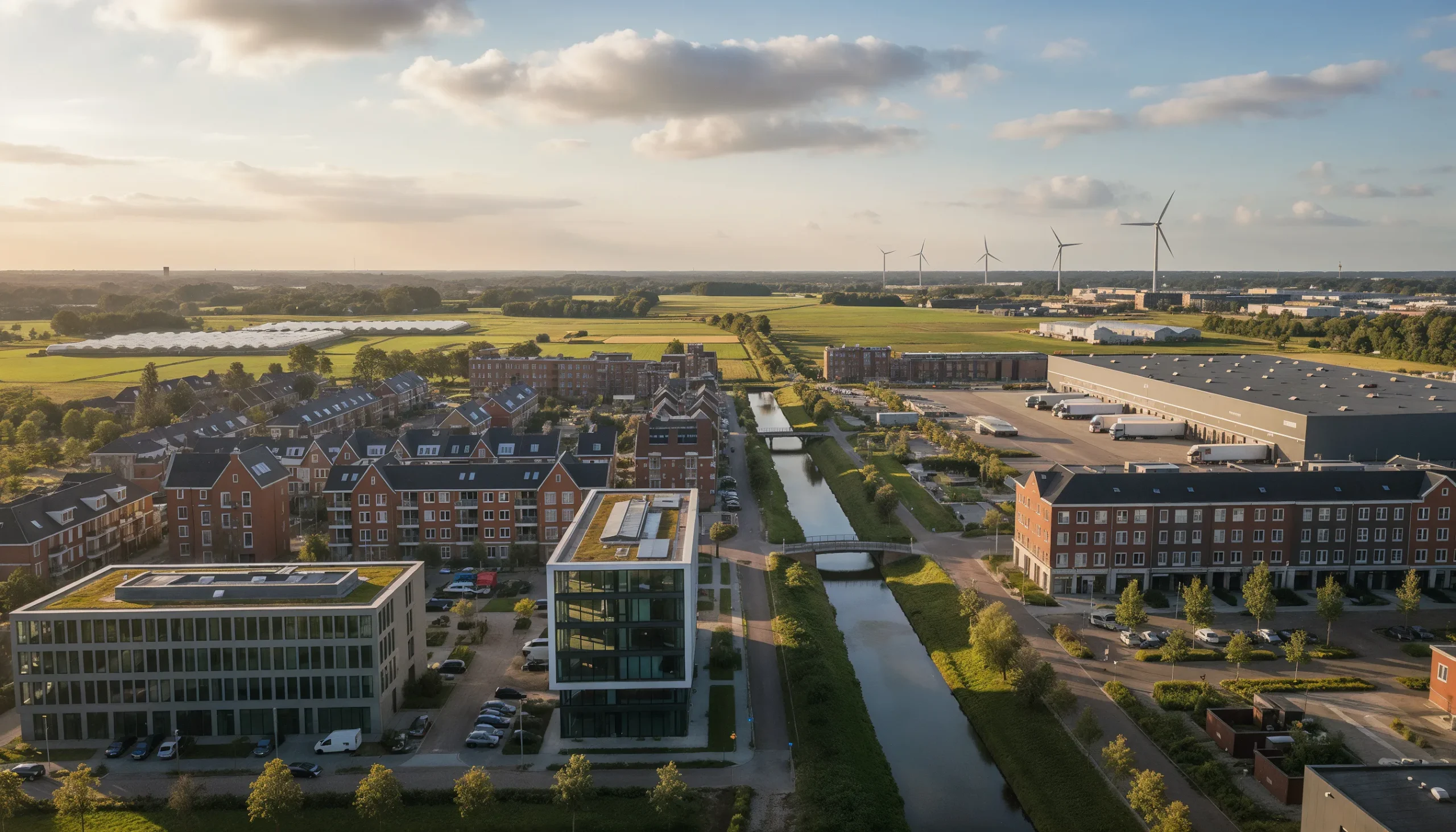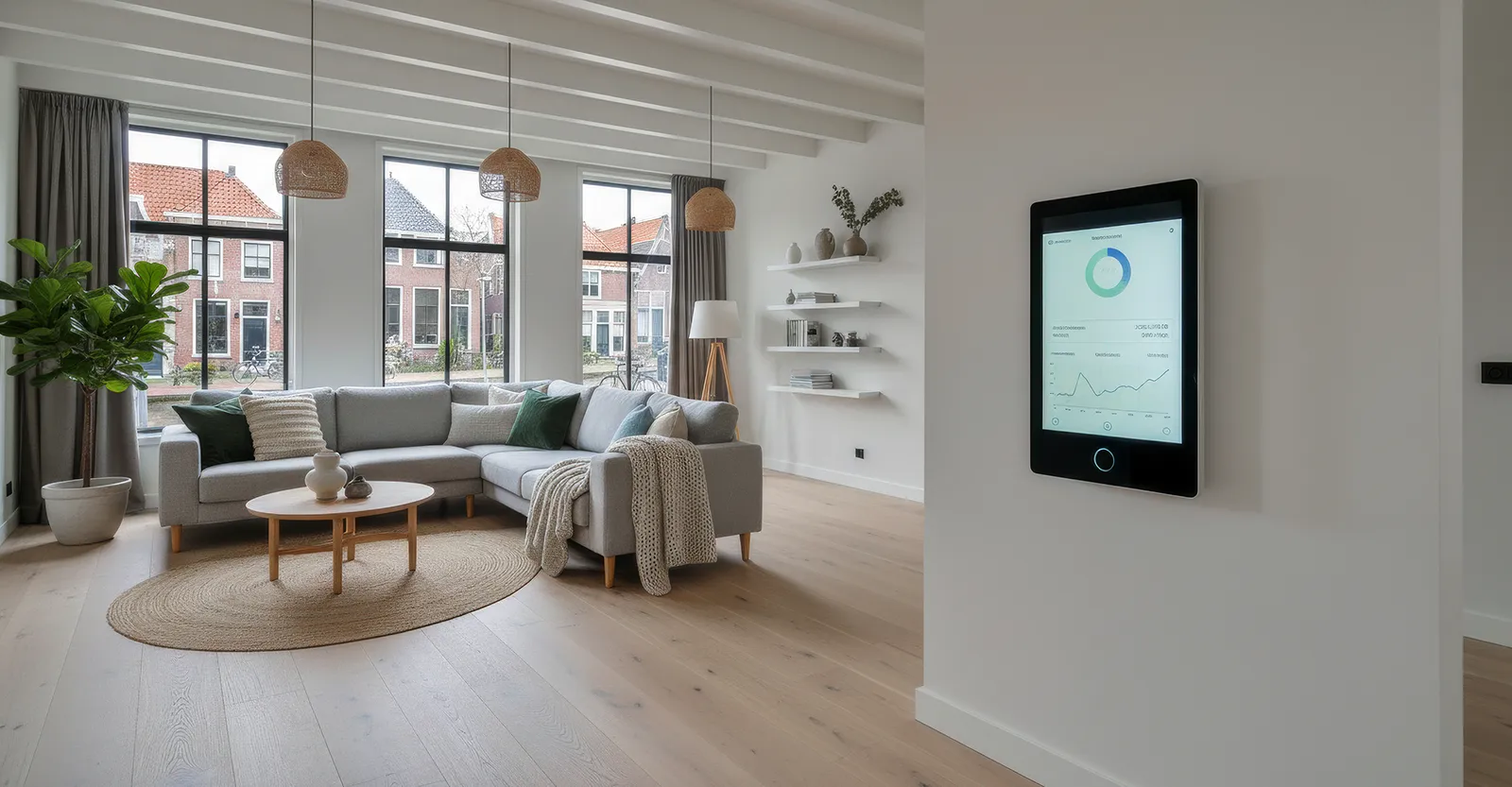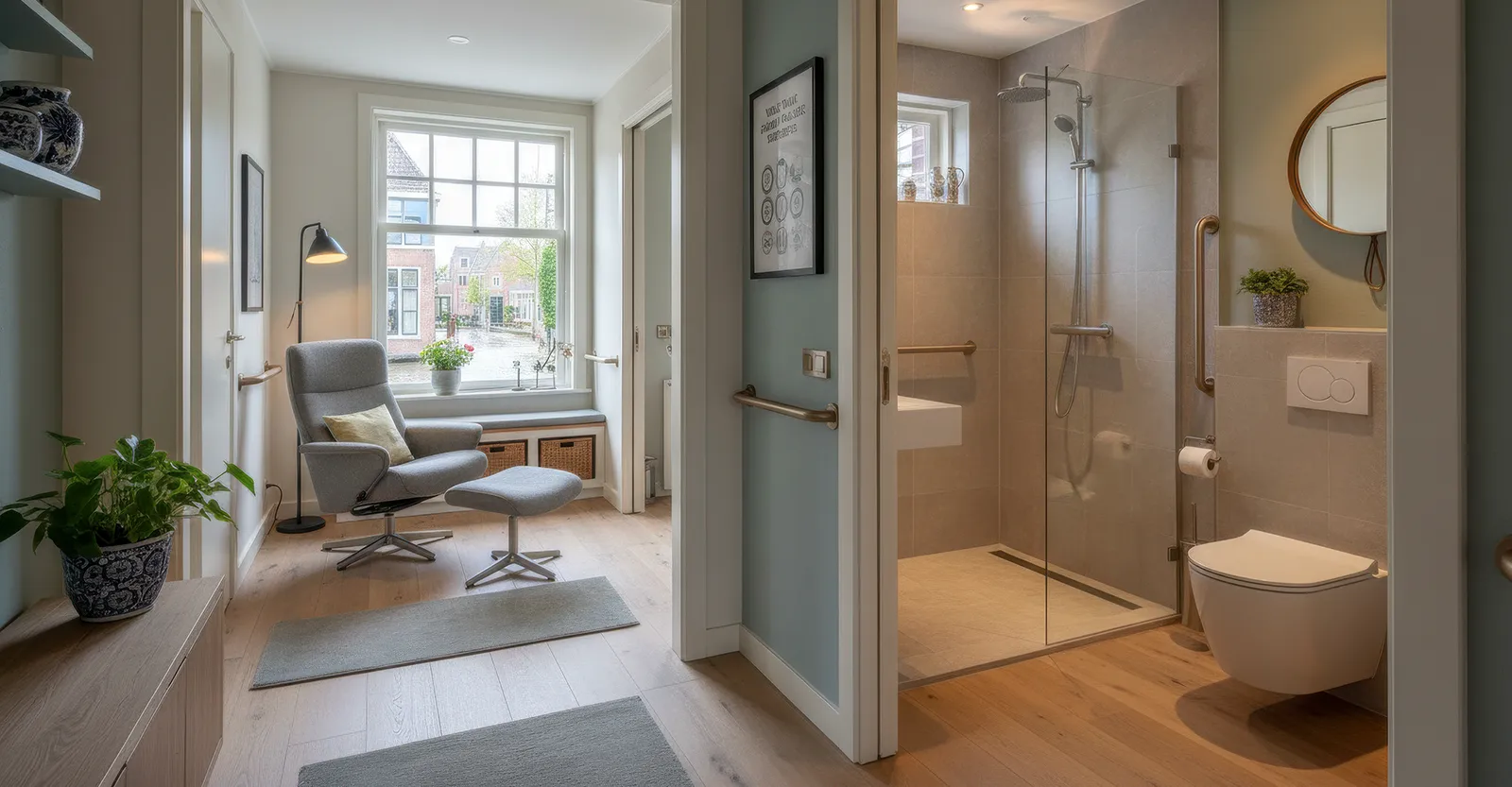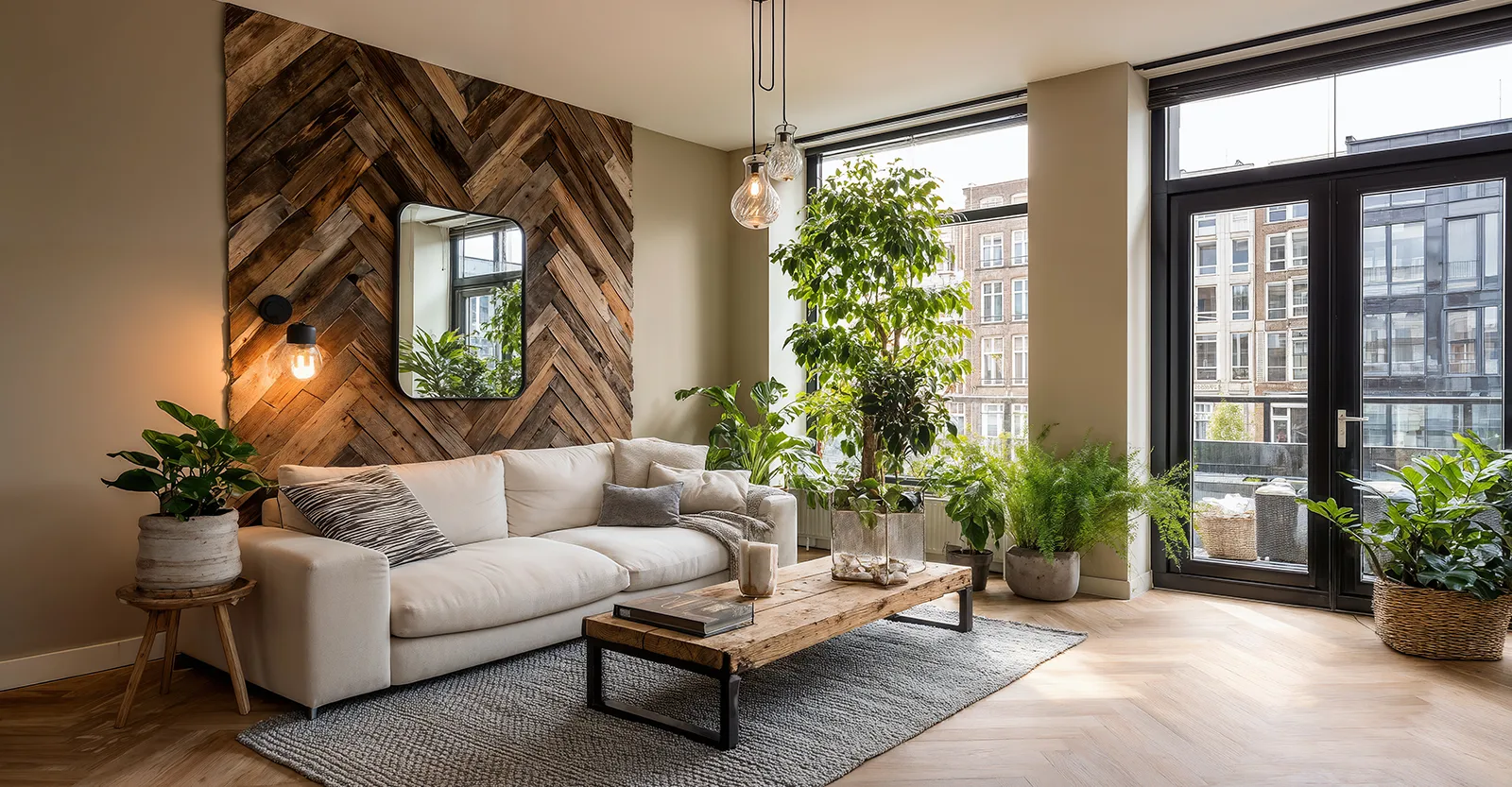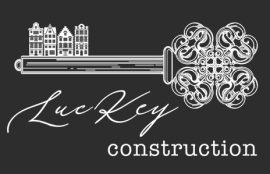As the world increasingly shifts its focus towards sustainability, the Netherlands is at the forefront of this movement, particularly when it comes to home renovation. Sustainable renovation practices are becoming more popular as homeowners and developers alike recognise the importance of energy efficiency, environmental responsibility, and circular construction. Dutch homeowners are not only enhancing the value of their homes but also contributing to a more sustainable future. This article delves into the rise of sustainable renovation in Dutch houses and highlights the key trends and benefits driving this transformation.
Why Sustainable Renovation?
In recent years, the push for sustainable renovation has gained momentum across the Netherlands. Rising energy costs, a growing awareness of environmental issues, and government incentives have all contributed to this shift. Homeowners are increasingly aware of the long-term financial and ecological benefits of investing in sustainable building practices.
- Environmental Impact: Renovating homes with sustainable materials and techniques reduces the carbon footprint of each building. This is crucial in a country committed to lowering its environmental impact.
- Energy Efficiency: One of the main goals of sustainable renovation is to improve energy efficiency. Energy-efficient homes consume less power for heating and cooling, leading to reduced utility bills and a smaller environmental footprint.
- Government Incentives: The Dutch government has introduced various subsidies and incentives to encourage sustainable renovation, making it more affordable for homeowners to adopt eco-friendly solutions.
Key Elements of Sustainable Renovation
Sustainable renovation in the Netherlands focuses on several key areas, including the use of renewable energy, eco-friendly building materials, and energy-saving technologies. Below are some of the most important aspects of sustainable renovations that are gaining popularity.
1. Energy Efficiency
Improving energy efficiency is at the heart of sustainable renovation efforts. Dutch homeowners are increasingly investing in energy-saving technologies and building practices to reduce their environmental impact and energy bills.
- Insulation: High-quality insulation is a crucial element in maintaining energy efficiency. By improving insulation in walls, roofs, and floors, homeowners can drastically reduce heat loss, ensuring that homes stay warm in winter and cool in summer.
- Double and Triple Glazing: Upgrading to energy-efficient windows, such as double or triple glazing, further improves insulation and reduces energy consumption.
- Energy-Efficient Appliances: Sustainable renovations often include the installation of energy-efficient appliances, from heat pumps to solar water heaters, reducing the home’s overall energy consumption.
2. Renewable Energy Sources
Another key element of sustainable renovation in Dutch homes is the integration of renewable energy sources. The push for green energy has led to an increase in the use of solar panels and other renewable technologies in both new constructions and renovations.
- Solar Panels: Installing solar panels is one of the most common ways Dutch homeowners make their properties more sustainable. These panels not only reduce energy bills but also contribute to reducing the home’s carbon footprint.
- Heat Pumps: Heat pumps are an energy-efficient alternative to traditional heating systems, using energy from the ground or air to heat homes in a more sustainable way.
- Geothermal Energy: Some Dutch homes are even turning to geothermal energy as a way to provide heating and cooling while minimising environmental impact.
3. Circular Construction and Sustainable Materials
The concept of circular construction is gaining significant attention in the Netherlands. This approach focuses on creating buildings and renovations that minimise waste and maximise the reuse of materials.
- Recycled Materials: Circular construction promotes the use of recycled materials, such as reclaimed wood, bricks, and metal. These materials reduce the need for new resources and lower the environmental impact of the renovation.
- Modular Construction: Another aspect of circular construction is designing homes in a way that allows materials to be easily disassembled and reused. Modular construction techniques make renovations more flexible and sustainable over time.
- Biodegradable and Eco-Friendly Materials: Sustainable renovation often incorporates natural, biodegradable materials such as bamboo, cork, and natural fibres. These materials are not only environmentally friendly but also contribute to a healthier indoor environment.
The Benefits of Sustainable Renovation
Beyond the environmental impact, sustainable renovation offers several practical benefits for homeowners in the Netherlands. As energy prices continue to rise and government regulations tighten, investing in sustainable home improvements is becoming increasingly appealing.
1. Long-Term Cost Savings
One of the most compelling reasons to pursue sustainable renovation is the potential for long-term cost savings. Energy-efficient homes consume less power, leading to significantly reduced utility bills. In addition, renewable energy sources such as solar panels can lower dependence on the grid, offering even greater savings over time.
2. Increased Property Value
Sustainable homes are becoming more attractive to buyers. In a market where environmental concerns are becoming more important, properties with energy-efficient features and eco-friendly renovations tend to sell at a premium. This makes sustainable renovation a smart investment for homeowners looking to increase the value of their property.
3. Healthier Living Environment
Homes that incorporate sustainable materials and energy-efficient systems tend to have a healthier indoor environment. Natural materials, improved ventilation, and the reduction of harmful chemicals in building products lead to better air quality and a more comfortable living space.
4. Contribution to Environmental Goals
By investing in sustainable renovations, homeowners are actively contributing to the Netherlands’ broader environmental goals. The country is committed to reducing its carbon emissions and energy consumption, and sustainable housing is a key component of achieving these targets.
The Future of Sustainable Renovation in the Netherlands
As sustainability becomes a more pressing issue, the future of Dutch housing will continue to focus on eco-friendly renovation practices. With government support, technological advancements, and growing awareness among homeowners, the shift towards sustainable renovation is only set to accelerate. Circular construction and renewable energy integration are expected to play even bigger roles in the way Dutch homes are renovated, providing long-term benefits for both homeowners and the environment.
Conclusion
The rise of sustainable renovation in Dutch houses reflects the country’s commitment to creating energy-efficient, environmentally friendly homes. Through innovations in energy efficiency, renewable energy, and circular construction, homeowners in the Netherlands are not only enhancing their properties but also playing a vital role in the global push for sustainability. As more people recognise the long-term benefits, sustainable renovation will continue to shape the future of housing in the Netherlands, providing lasting value for homeowners and the planet alike.

